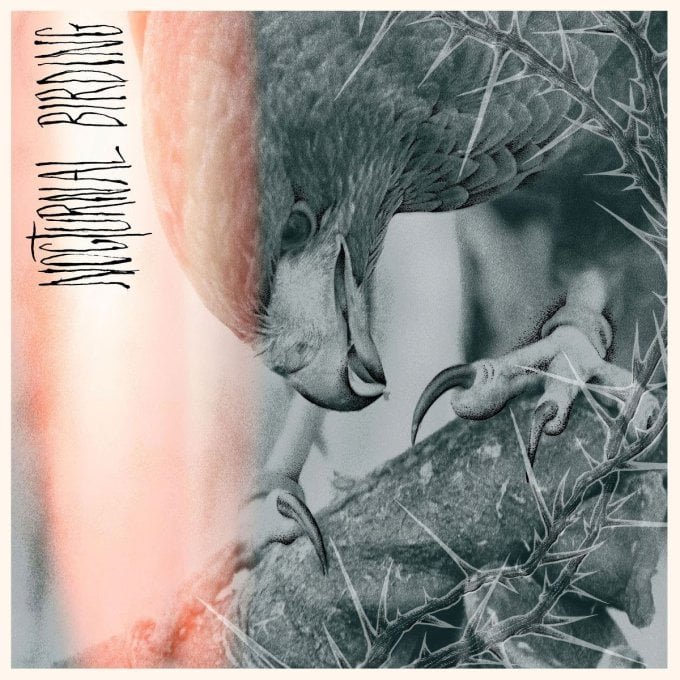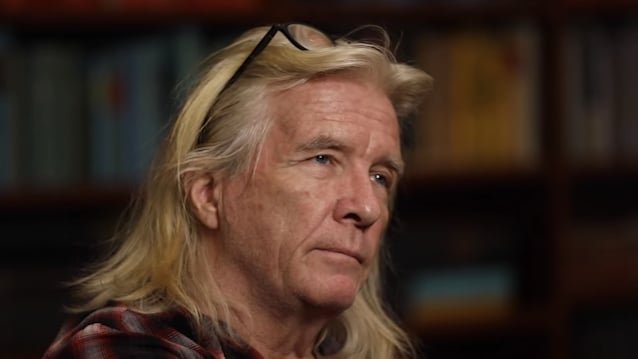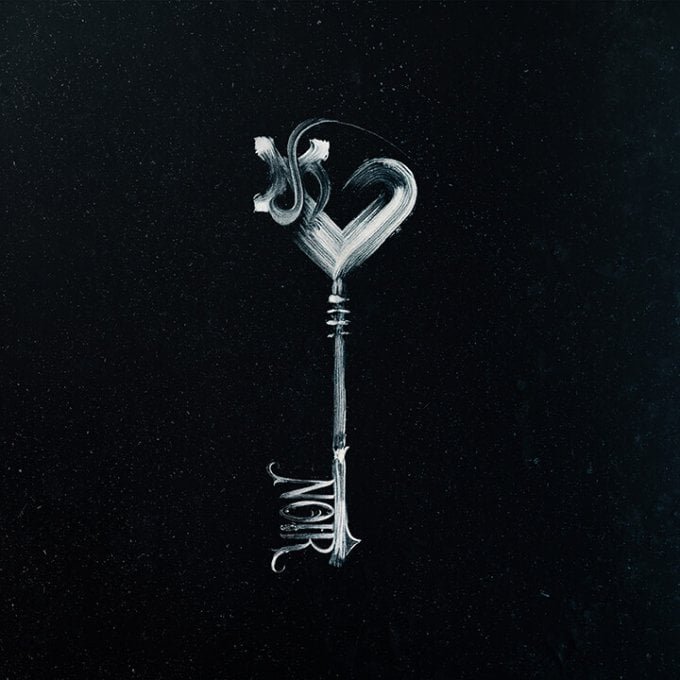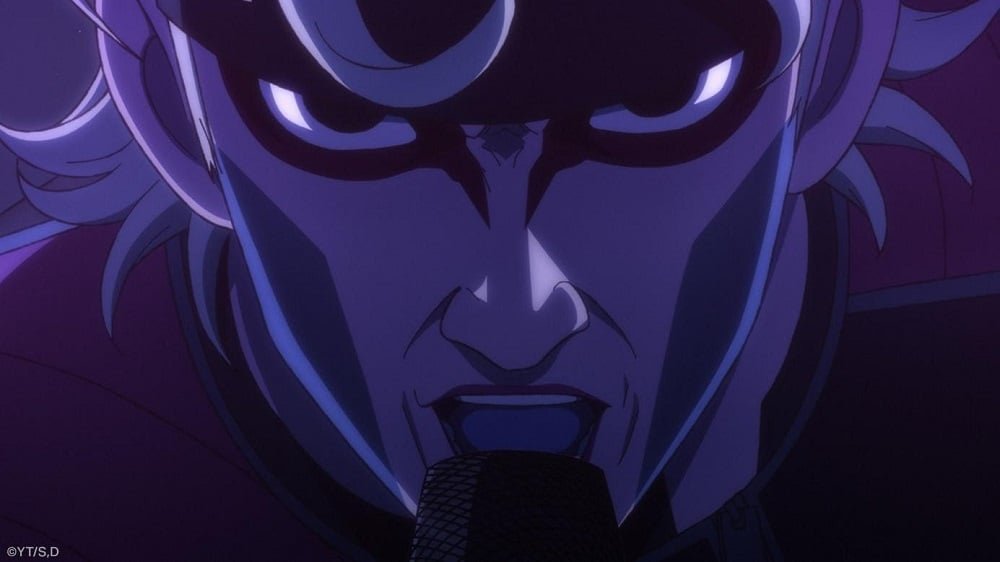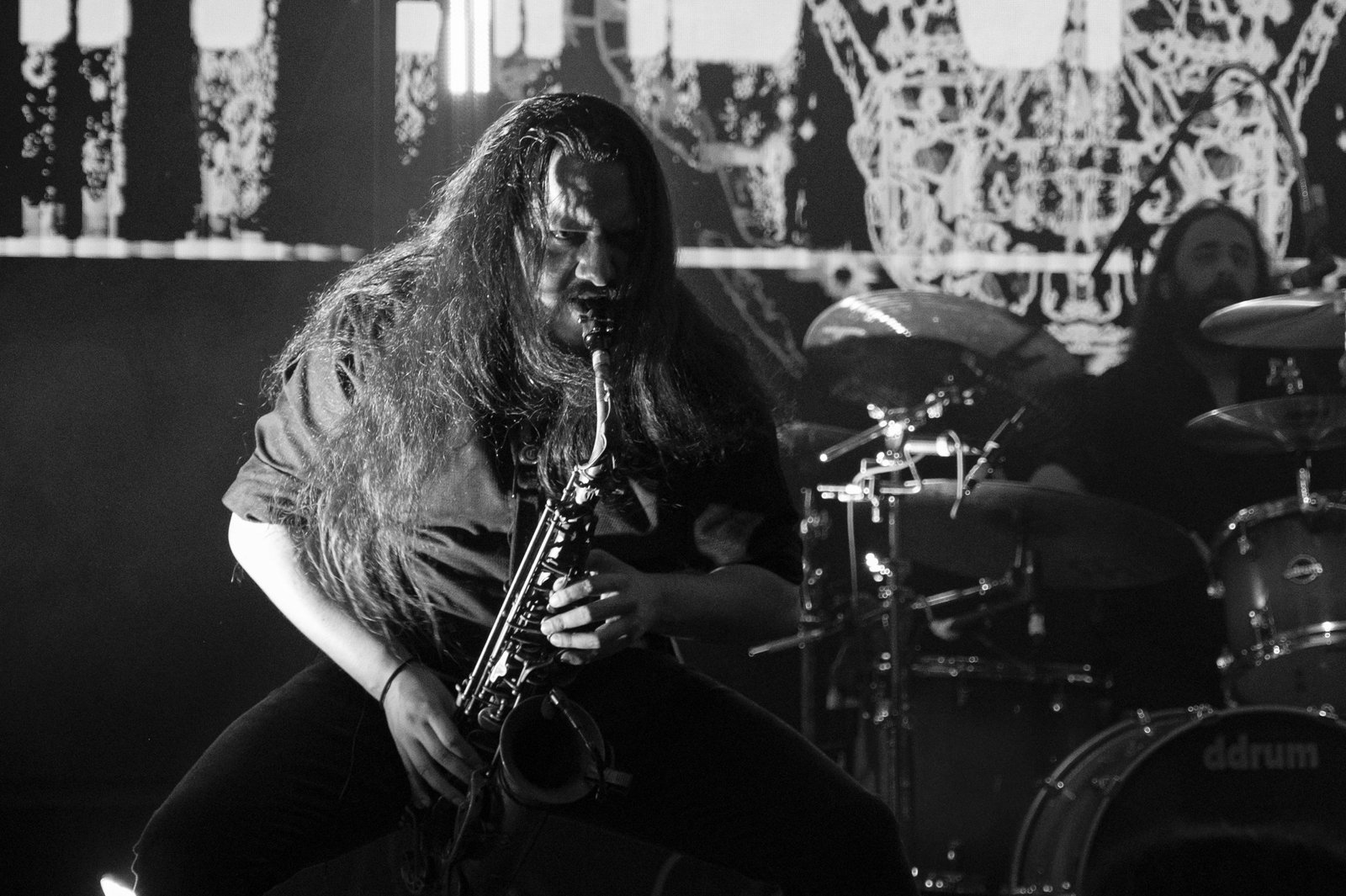In episode 105 of “The Metallica Report”, the podcast offering weekly insider updates on all things METALLICA, producer Bob Rock spoke about his work on the band’s pair of mid-Nineties albums, 1996’s “Load” and 1997’s “Reload”, which have always been controversial, both among fans and the METALLICA members themselves.
Released in 1996, “Load” marked a new direction for METALLICA, featuring what one critic has described as “a fresh take on LYNYRD SKYNYRD-tinged boogie rock for the 1990s.”
Although “Load” and 1997’s “Reload” were warmly received by critics at the time, they’ve since taken their place among the most reviled work of METALLICA‘s career.
Reflecting on the writing and recording sessions for the two LPs, Bob said (as transcribed by BLABBERMOUTH.NET): “Well, the big change in ‘Load’ and ‘Reload’ was that because of the influences of other bands — I don’t know whose idea it was; maybe it was [METALLICA drummer] Lars [Ulrich], because he is kind of this guy that thinks big and looks at music kind of maybe like I do. All of a sudden he said, ‘Well, I like these bands like AEROSMITH, THE [ROLLING] STONES, GUNS N’ ROSES.’ There’s two guitar players. Before ‘Load’, James [Hetfield, METALLICA guitarist/vocalist] did all the rhythms. So the idea is Kirk [Hammett, METALLICA guitarist] was gonna play rhythms along with James, and that changed everything. And some people don’t like it.”
Elaborating on how his production approach differed from that of Flemming Rasmussen, who helmed “Ride The Lightning” (1984),“Master Of Puppets” (1986) and “…And Justice For All” (1988) albums, Rock said: “Going back to the Black album [METALLICA‘s 1991 self-titled effort], when I first met them, they told me how they record. So, basically, what they knew is how he [Flemming] put together a record. I’m not gonna get into why and how, but I don’t do that. And I told them, ‘I don’t do that. I record everything live.’ And they said, ‘Why would you do that?’ And I explained to ’em. I said, well, the way they did it, it’s very mechanical. In other words, you can’t go back and fix a kick drum — you just can’t do it. You can’t change it. And you can’t really realize what the whole song is until you finish it. But what you do when you record live, you get a good example of pretty much everything, like all the parts. So you can figure out like… Jason [Newsted, then-METALLICA bassist] wasn’t playing bass like a bass player. He was just doubling the guitar. So I taught him, like, ‘Dude, be a bass player.’ So there’s points where he’s not playing the guitar riff; he’s playing with the drums. And that would’ve never happened if you just do it to a click and do all the guitars. So that opened the door, and it’s my fault that I opened that door to them, because what they realized, through the recording of the Black album, they realized that there was something different about that, and in ‘Load’ they embraced it. And then they had different influences because they’d been on the road for — what? — three years or whatever. We started with the same shapes, so to speak, the riffs that they had collected. But then — the story’s been told — I think we cut 26 tracks. I think we were a year into it and Hetfield had, like, three vocals. And I’m going, like, ‘This is gonna take fucking five years to do all these.’ So we made the decision to split the album. And then the other decision was we had to get out of town because they all just started having kids in a series. They married and stuff, and nothing was getting done. So I said, ‘We’ve gotta get out of here.’ So we picked New York. In New York, it kind of changed. They started looking at other things, and they started experimenting, like Hetfield‘s LYNYRD SKYNYRD kind of things. So they went into different things, and to me, that is what a band does.”
Rock added: “I don’t follow the rules of metal, which is probably wrong, and I’m sorry. Because, really, my relationship with METALLICA is that I’m a song person, and so it matter however you style it. I mean, I still fucking listen to ‘Led Zeppelin I’, and I’m going, ‘There’s nothing better than this.’ And that’s not true, but it’s just the songs and how they play it. And so when they switched, I wasn’t opposed to it. I wasn’t the guy that said, ‘No, we’ve gotta copy the Black album.’ I was glad we weren’t copying the Black album, ’cause you can’t make the Black album again. When you make albums like that, it’s everything coming together — where I was, where they were, where culture was, where music was. And so I embraced the fact that they wanted to be a little freer and all these other influences rather than just metal bands that they grew up on started to come in into the picture. So that’s that album. So we ended up in New York discovering what was there, ’cause it was just the basic tracks.”
Bob went on to say that there was “quite a difference between” the production on “Load” and “Reload”. “They sound different — they sound really different,” he explained. “And there’s a reason.
“When we were in New York, they didn’t have the consoles that we used before, the [SSL] 6,000. All the studios that were available, they had an SSL 9,000. It’s a different ball of wax. And [engineer/mixer] Randy Staub and I fucking hated it, because it kept breaking down and losing. Anyway, I’m not gonna get into it, but it’s an acquired taste. It’s not what I do, but that’s what we had to finish it. So when I listen to ‘Load’ and when I was asked to write about [the reissue of] both records, and I talked to Lars about this, I said, ‘They’re completely sonically different.’ ‘Reload’ is aggressive. But you’ve gotta understand — people love ‘Load’. They don’t know what I know. And they don’t care what I know. But to me, it was really apparent that they’re so different. And then I go to back to why and stuff.
“So I’d like to remix ‘Load’ [laughs], but that’s never gonna happen,” Rock added. “Anyway, so that’s a big difference. So, basically, you make a record in the surroundings that you do, and that’s what ‘Load’ is. And ‘Load’ is a great record. Actually, my kids like ‘Load’ better than ‘Reload’. They love‘Load’, for whatever reason. But when you put ‘Fuel’ on, off ‘Reload’, you go, ‘Oh.’ Sonically, it’s more aggressive. It’s more like them. That’s critical thinking, so to speak. ‘Cause I was shocked. I listened to both albums and I’m going, like, ‘What the fuck?’ Anyway, there you go.”
In a 2013 interview with Revolver magazine, Ulrich said that “Load” and “Reload” are “great records” that “are creatively on par with every other record we’ve made. Obviously, they’re bluesier records, and at that time, we were listening to a lot of LED ZEPPELIN, DEEP PURPLE and AC/DC, and we had a different kind of foundation than records before or after,” he said. “And I understand that there are people who couldn’t quite figure out what was going on with the haircuts and the rest of it, and that’s fine. But musically, if you strip all that other stuff away, if you just listen to the 27 songs — ‘Load’ and ‘Reload’ were intended as one double-record — it’s a great collection of songs that is on par with everything else that we’ve done creatively.”
Hetfield has repeatedly expressed his dislike of the “Load” album cover and its inspiration, telling Classic Rock magazine in a 2009 interview: “Lars and Kirk were very into abstract art, pretending they were gay. I think they knew it bugged me. It was a statement around all that. I love art, but not for the sake of shocking others. I think the cover of ‘Load’ was just a piss-take around all that. I just went along with the make-up and all of this crazy, stupid shit that they felt they needed to do.”
The definitive re-release of the “Load” was made available on June 13 via METALLICA‘s own Blackened Recordings. Remastered by Reuben Cohen at Lurssen Mastering with Greg Fidelman overseeing, “Load (Remastered)” was released in several formats, including standard 180g 2LP, CD, cassette and digital (including a Spatial Audio mix using Atmos).
Originally released June 4, 1996, “Load” was the second METALLICA album to debut at No. 1 on the Billboard 200, where it would remain for four straight weeks. The 1995 sessions at The Plant in Sausalito, California that resulted in “Load” (as well as 1997’s “Reload”) would find Hetfield, Ulrich, Hammett and Newsted creating yet another landmark of the METALLICA catalog. Currently, two of “Load”‘s four singles — “Until It Sleeps” and “King Nothing” — have been lighting up crowds the world over in regular rotation on the setlists of the band’s “M72” world tour.
In a 2017 interview with Clash, Hetfield was asked if the band had to make certain compromises along the way in order to be accepted by the mainstream. He responded in part: “As far as doing something that doesn’t feel right, I’m sure there’s been a few times that it’s happened — the ‘Load’ and ‘Reload’ era, for me, was one of those; the way that was looking, I wasn’t 100 percent on with it, but I would say that that was a compromise. I said, ‘I’m going with Lars‘s and Kirk‘s vision on this. You guys are extremely passionate about this, so I’ll jump on board, because if the four of us are into it, it’s going to be better.’ So I did my best with it, and it didn’t pan out as good as I was hoping, but, again, there’s no regrets, because at the time it felt like the right thing to do.”
Following the “Load”/“Reload” albums and tour, METALLICA went into a tailspin that resulted in Newsted‘s exit of, Hetfield spending the better part of a year in rehab and the band nearly splitting up.
In a 2016 interview with TeamRock, Hetfield was asked what he thought late METALLICA bassist Cliff Burton might have felt about the drastic changes in METALLICA‘s look and sound that the band made through the 1990s and early 2000s with albums like “Load”, “Reload” and “St. Anger”. Hetfield replied: “Well, I certainly would have thought there would have been some resistance, for sure. I think the ‘Black Album’ was a great album and I appreciate the fact that we did have the balls to do that… I would certainly think that the ‘Load’ and ‘Reload’ [era], I would have had an ally that was very against it all — the reinvention or the U2 version of METALLICA.”
Image credit: Gibson TV
